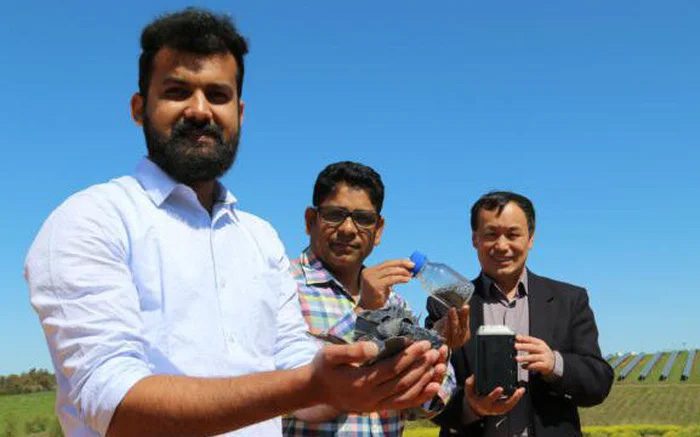After more than 3 years of research, scientists from Deakin University in Australia have discovered a new method for extracting silicon from used solar panels.

The nano silicon product created is valued at up to $45,000/kg. (Illustrative image).
According to the research findings, the silicon extracted using this new method is non-toxic. The nano silicon product produced can be priced at up to $45,000/kg (equivalent to 1.07 billion VND). Currently, the research team is negotiating with the industry to scale up the extraction process, enabling production within a day without the need for hazardous chemicals.
Dr. Md Mokhlesur Rahman, the lead researcher, stated that he and his colleagues successfully tested the new, non-toxic process that can safely and efficiently extract silicon from aging solar panels. They then use the nano-silicon along with graphite to create new anodes for batteries. This innovation can increase the capacity of lithium-ion batteries by up to ten times.
Dr. Rahman also mentioned that the team discovered this method in October 2019 but it took over 3 years of testing and validation before they succeeded in creating a perfect product for nano-silicon battery production. “We have developed a process that can recycle and recover silicon from used cells with a purity of over 99%, completed in just one day, and without the need for hazardous chemicals. This is a thermal and chemical process that is greener and cheaper than any existing techniques,” Dr. Md Mokhlesur Rahman added.
According to Saferenergy, it is projected that by 2035, Australia will have over 100,000 tons of expired solar panels to be disposed of. On a global scale, the research team estimates that with the aforementioned new technology, it could generate $15 billion in material recovery if 78 million tons of used solar panel waste are recycled by 2050.


















































